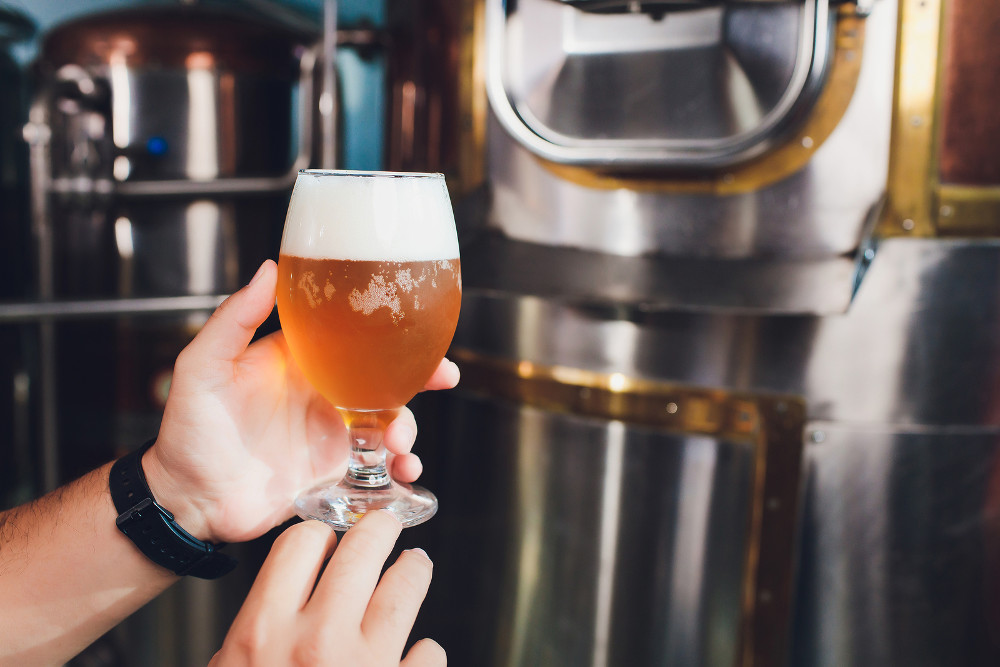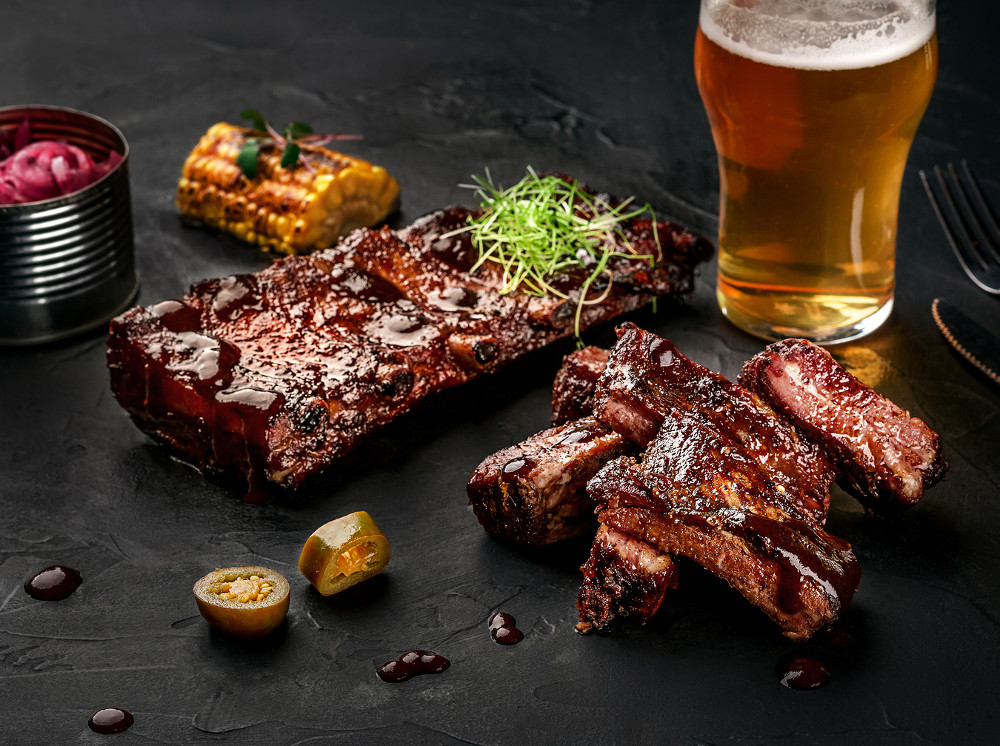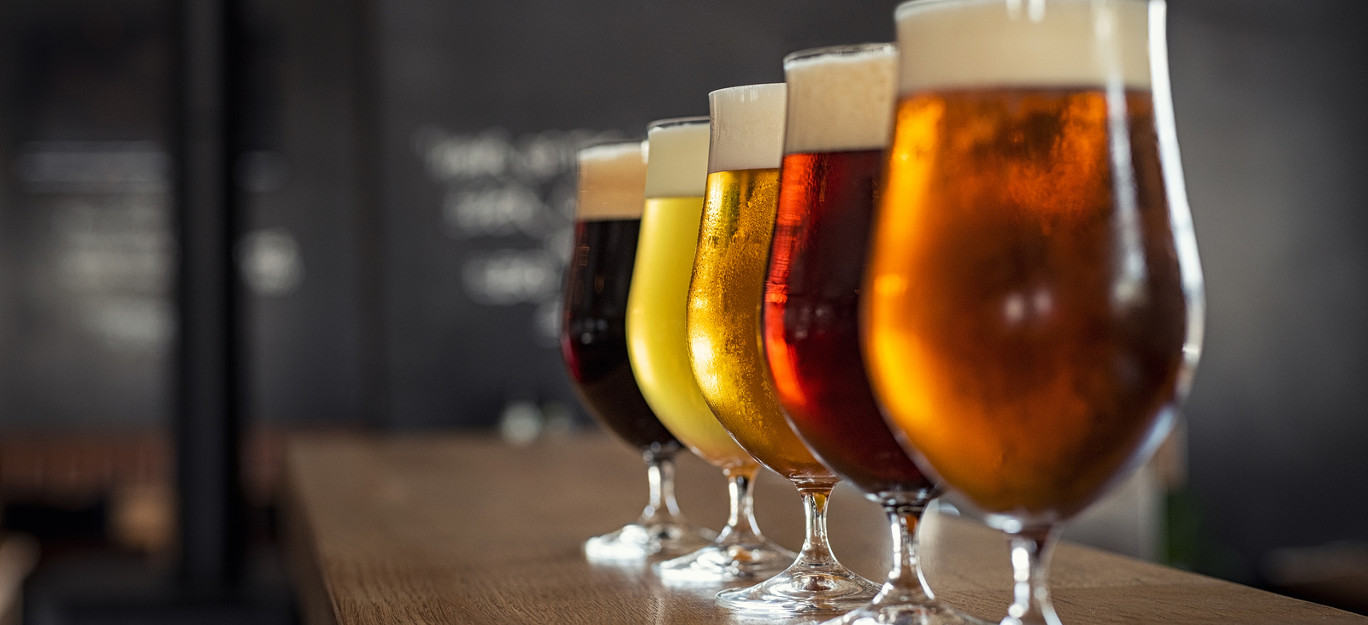Words by Damon Culbert, content writer for Hampers.com, who are premium quality hamper distributors in the UK.
Craft beers are a dominant alcoholic force in restaurants and bars everywhere. The British Craft Beer Report released in March 2019 stated that British Independent Brewers brewed 0.8% more beer in 2018 and 45% of consumers are happy to pay more for genuine craft beer.
With the market exploding and a huge range of quality, independent beers appearing behind bars everywhere, navigating the options can sometimes feel daunting for those who like beer but aren’t so clued up on the terminology. As craft beers edge into the realm of luxury, choosing high-quality beers from the menu should be getting easier. However, for those just getting started, learning some of the key types, choosing exciting and unexpected pairings and knowing more about your own preferences will help you become a craft beer pro.
Common beer types
Porter
A porter is a type of ale made wholly with malted barley. This beer is dark and rich with notes of chocolate, coffee and dark berries. The dark colour and full body are close to that of the stout and dark mild but porters typically have less roasted flavours.

Saison
A saison is a light farmhouse beer which can be refreshing and cleansing. These beers are ester-heavy, meaning they usually have a fruity character. Saisons often come with yeasty sediment and this is one of the only beer variations to draw most of its flavour from yeast.
India Pale Ale (IPA)
There is a wide range of IPAs to choose from, including British, American, West Coast, East Coast, New Zealand and Black. These beers are aromatic, often quite bitter and one of the most common craft beers sold.
Stout
Guinness is the most recognised stout worldwide. When choosing an independently-crafted stout, expect a rich, full bodied beer with roasted flavours like coffee and caramel. This type of beer uses unmalted roasted barley, providing those toasty flavours.
Bitter
Another aromatic beer type, bitter is a form of real ale which balances the aromatic, bitter elements of the fermentation process with heavy malt flavours for a well-rounded profile.

Popular pairings
Once you understand the common types of beers, it’s also important to know which beers complement specific food types so you don’t feel too pressured to make the right choice when facing the menu.
Seafood – light beer: Saison, Sourdough
The overpowering maritime flavours of seafood, including lobster and sushi are complemented well by light beers which help cleanse the palate without introducing even more strong flavours.
Saison beers are light and fresh, meaning they make an ideal pairing with seafood dishes and allow the dish’s flavours to take centre stage. Sourdough beers are acidic and heavy in esters, effective at emphasising the salty flavours of shellfish and sushi.
Italian – Dark: Porter
For Italian dishes like pasta, porters provide an interesting combination between heavily tomato-based dishes and rich, full-bodied beers. Though most wouldn’t typically consider mixing a heavier drink with a heavy meal, dark ales could provide an unexpected flavour experience as many have sweet, roasted flavours which pair well with creamy pasta dishes.
Asian – Sour: Lambic, Gueuze
For foods prepared with Asian spices, sour beers work well to help characterise the tangy flavours of some dishes. Beers like Lambic and Gueuze are typically tart and dry, acting as a balance to strong sweetness and spiciness.

Indian – IPA: New Zealand, New England
As is evident from the name, India pale ales work well with spicy Indian dishes to cleanse the palate and balance the warming of the spices. To perfectly balance the character of the dish with the drink, opt for fruitier, more syrupy variations like New Zealand for spicy dishes and cloudy IPAs like New England for mild, creamier meals.
Replace dessert wine with winter beer
When considering how to pair beers with meals other than the main course, choosing which beer works well with dessert isn’t immediately evident. Where you may typically opt for a dessert wine, replace it with a ‘winter warmer’ style beer like old or red ales.
The beer sommelier
As craft beer grows bigger and bigger, the expertise of enthusiasts is more sought-after than ever. Establishments proud of their craft beer selections will often have resident sommeliers or trained staff who can help guide your choices. As with everything, exploration is a huge part of becoming a beer pro so don’t be afraid to taste around and ask questions.
Beers you know you like
Once you know a few types of beer that work well with your own tastes, the variations between breweries and the vast multitude of brewing techniques mean that there is so much to explore. Navigating a beer menu like a pro is a combination of understanding the distinctive elements of common beer types and diving head-first into new combinations to see what works for you.






















